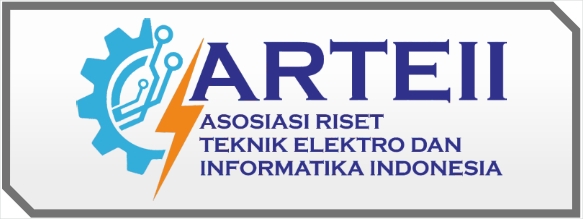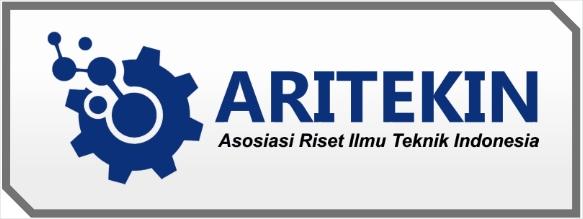Implementasi Data Mining Dengan Naïve Bayes Untuk Prediksi Penerima Dana BOS Di Sekolah X
DOI:
https://doi.org/10.59581/jusiik-widyakarya.v1i3.1230Keywords:
Data Mining, Naïve Bayes Algorithm, Bos Funding AssistanceAbstract
Schools will receive assistance from recipients of boss funds at school X implementing a program from the government to provide BOS assistance to underprivileged school children in School X. The Bos Assistance Program is a government assistance program in the form of providing cash to underprivileged school children or families capable. Implementation of the program aims to improve the welfare of the less fortunate. Currently, the distribution of Bos Fund Assistance is considered to be still not on target and does not meet the criteria that are used as benchmarks for the people who will receive the assistance. The Naïve Bayes method is used in this case study to classify which children can and cannot afford school fees so that it can more easily select school children or families who are truly eligible to receive the Bos Fund Assistance. This study uses 20 data and 5 criteria including: name, age, gender, status, income, and beneficiary status. After conducting research with a total of 20 data and using the Naïve Bayes method, the results obtained were as many as 45% of underprivileged children and families who were eligible to receive Boss Fund Assistance and as many as 55% of children and families who were not eligible to receive Assistance Boss Fund..
References
Kemiskinan, T. N. P. P. (2018). Program Bantuan Pemerintah Untuk Individu. Keluarga, dan Kelompok Tidak Mampu Menuju Bantuan Sosial Terintegrasi, Jakarta: TNP2K.
Wiyanto, W., & Atmaja, S. (2018). Penerapan Algoritma Naive Bayes Untuk Pemilihan Keluarga Yang Membutuhkan Bantuan Dalam Program Keluarga Harapan (Pkh)(Studi Kasus Di Desa Karang Asih, Cikarang Utara). Jurnal SIGMA, 9(1), 31-44.
Sugianto, C. A., & Maulana, F. R. (2019). Algoritma Naï ve Bayes Untuk Klasifikasi Penerima Bantuan Pangan Non Tunai (Studi Kasus Kelurahan Utama). Techno. Com, 18(4), 321331.
Annur, H. (2018). Klasifikasi Masyarakat Miskin Menggunakan Metode Naive Bayes. ILKOM Jurnal Ilmiah, 10(2), 160-165.
Jananto, A. (2013). Algoritma Naive Bayes untuk Mencari Perkiraan Waktu Studi Mahasiswa. Dinamik, 18(1).
Nurmayanti, W. P., Saky, D. A. L., Malthuf, M., Gazali, M., & Hirzi, R. H. (2021). Penerapan Naïve Bayes dalam Mengklasifikasikan Masyarakat Miskin di Desa Lepak. Geodika: Jurnal Kajian Ilmu dan Pendidikan Geografi, 5(1), 123-132.
Purnama, P., & Supriyanto, C. (2013). Deteksi Penyakit Diabetes Type II Dengan Naive Bayes Berbasis Particle Swarm Optimization. jurnal teknologi informasi, 9, 49-53.
Bustami, B. (2013). Penerapan algoritma Naive Bayes untuk mengklasifikasi data nasabah asuransi. TECHSI-Jurnal Teknik Informatika, 5(2).
Asmiati, N. (2020). Penerapan Algoritma Naive Bayes Untuk Mengklasifikasi Pengaruh Negatif Game online Bagi Remaja Milenial. JTIM: Jurnal Teknologi Informasi Dan Multimedia, 2(3), 141-149.
Alita, D., Sari, I., Isnain, A. R., & Styawati, S. (2021). Penerapan Naïve Bayes Classifier Untuk Pendukung Keputusan Penerima Beasiswa. Jurnal Data Mining Dan Sistem Informasi, 2(1), 17-23.
Ridwan, M., Suyono, H., & Sarosa, M. (2013). Penerapan Data Mining Untuk Evaluasi Kinerja Akademik Mahasiswa Menggunakan Algoritma Naive Bayes Classifier. Jurnal EECCIS (Electrics, Electronics, Communications, Controls, Informatics, Systems), 7(1), 59-64.
Downloads
Published
How to Cite
Issue
Section
License
Copyright (c) 2023 Wulan Dari

This work is licensed under a Creative Commons Attribution-ShareAlike 4.0 International License.













